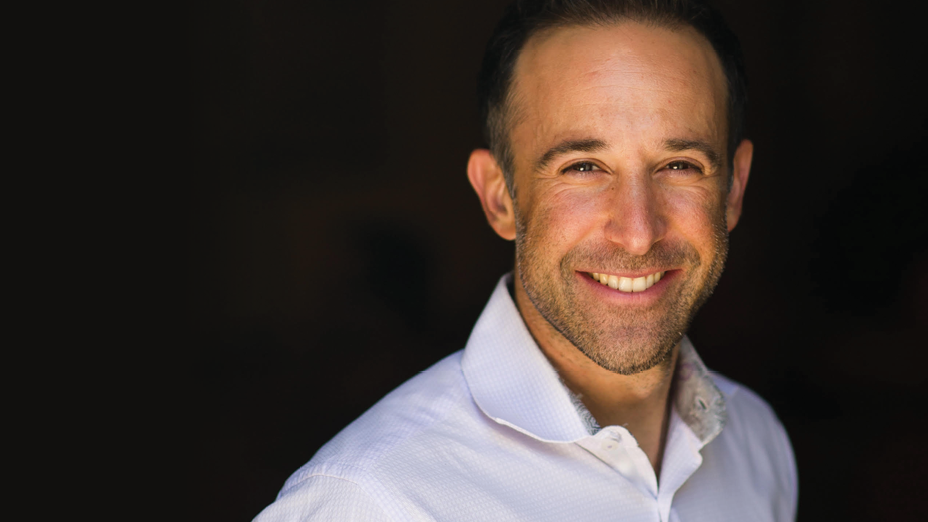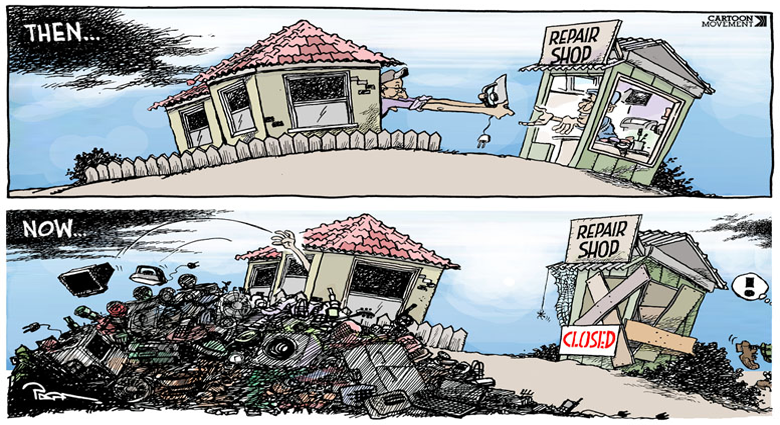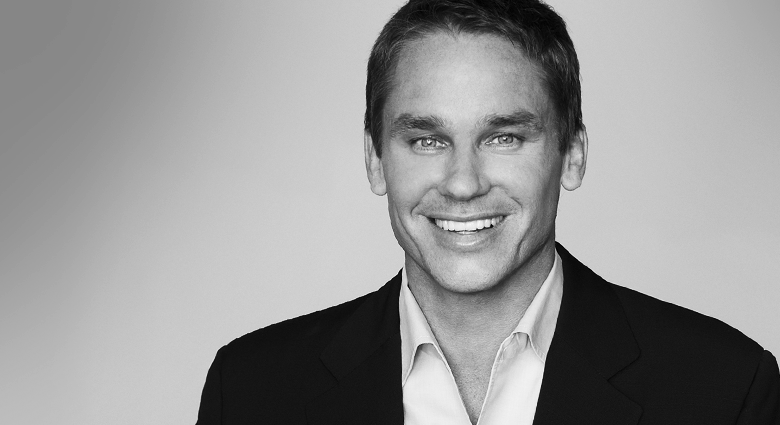We all revere innovation. It is the mystical driver of progress, the secret sauce, the touchstone we reach for whenever our backs are against the wall. Our managers, our leaders, and even our president cajole us to “out-innovate” the competition. In these accelerated times, we are told that “only innovation will keep us relevant, only innovation can get us ahead and keep us there.”
When we say this, what do we mean by innovation? Usually, we mean invention, and we point back to that Golden Age of invention, the Apollo years—when anything was possible, when failure was not an option, and when necessity created Teflon, freeze-dried food, the Stairmaster, digital photography, the technology inside every kidney-dialysis machine, the materials for running shoes, solar pan- els, better golf balls, and, of course, ARPANet, the forerunner to the Internet. Heady times. No wonder our leaders strive to harken back to them.
We all revere innovation. It is the mystical driver of progress, the secret sauce..
For most of us, though, innovation is a little less dramatic. We aren’t looking to invent the Internet. We just want a better way of doing things. We are tantalized by the notion that someone in our field has devised a method or figured out a shortcut like the “control C” or “control P” of our job, something that if we could just find it and replicate it, we would be able to take a giant leap forward in our performance and in our career.
Our employers are possessed by the very same notion. Every organization is on a near-constant search for best practice. They convene conferences of top performers, pick their brains for the precious few actions, and then capture what they hear in online knowledge centers, videos, or in the course books of their corporate university.
Though it is not always stated explicitly, the vision driving this activity is that innovation can be harvested and that, once harvested, it can be deployed at scale. Find a few key innovations―the thinking goes―and we’ll spread them to the many.
Annoyingly, the world doesn’t work that way. It is actually quite rare to discover a best practice that is transferable from person to person without lessening its effectiveness.
Whistles for Everyone
Typically what happens is this: An enterprising employee will come up with a new way of doing things. This new practice will spring from within her as an irrepressible manifestation of her personality. It will be authentic and natural, and she will use it to outperform her colleagues. This success will bring her to the attention of her superiors, who will interview her to discover her secret.
Her new practice will be elevated up the corporate ladder, and vetted by operations, human resources, training, communications, and legal, until eventually―stripped of its unique characteristics and the person who made them―it will be introduced to the rest of the field. There, it will end its life as just another corporate program, smoothed out and lifeless, inauthentic for everyone else, and ineffective for the company.
A few years ago in a study of top per- forming managers for Best Buy, I had the chance to interview Ralph Gonzalez. He had successfully transformed one of Best Buy’s lowest performing stores into a repeat award winner. On virtu- ally every metric, from revenues to profitability to employee engagement to “shrink,” he had taken his team from the bottom 10 percent to the top. What had he done, I asked him, to effect such a dramatic transformation?
He told me that he had played on his likeness to a young Fidel Castro, that he had called his store “La Revolucion,” that he had posted a “Declaracion de Revolucion” in the break room, that he had made the supervisors wear army fatigues. Then, as I was scribbling all this down, he told me about the whistle.
It was a brilliant innovation. Since initially his store was at the bottom of every district performance table, he wanted to give his people a way to celebrate that excellence was indeed happening in his store, and that it was happening all the time. So he gave everyone a whistle and told them to blow the whistle whenever they saw anyone do anything good. It didn’t matter if the person they saw was their superior or was working over in another department; if they saw somebody go above and beyond, they were to blow the whistle.
“Didn’t it make the store incredibly loud?” I asked.
“Sure,” he replied, with a wide Castro grin. “But it energized the store. It energized me. Heck, it even energized the customers. They loved it.”
I was so taken with this innovation I wrote about it in Now, Discover Your Strengths. What I didn’t describe is what happened next. Having been shared at a number of company gatherings, the “whistle story” started to take on a life of its own. All of a sudden it began cropping up in different districts and regions around the country. “Whistles for everyone!”
There was even talk of devising a system to properly implement the whistle inside a store. Managers would have green whistles, supervisors white, and frontline blue-shirts regular silver whistles. Here are the 12 conditions when whistles can be blown—and here are the 20 conditions when the whistle must not be blown, no exceptions. What had begun as a vibrant expression of a particular person’s personality was fast mutating into a “standard operating procedure.”
Fortunately, some wise Best Buy executives, realizing that this innovation was almost entirely dependent on the presence of Ralph himself, stepped in and killed the mutation before it could spread.
Ralph’s whistle reveals both the problem and the power of innovation: namely that innovation is a practice, not an idea. Invention is an idea, a novel idea, and, like all ideas, a novel idea is easily transferable from person to person. Introduce one person to the concept of personal liberty, he tells another, she passes it on to a third, and, like a benign contagion, pretty soon whole countries are swept up in the mission to secure personal liberty for all.
Salvagers Don’t Make Good Massagers
I nnovation is “novelty that can be applied.” This means that there is a person involved, someone actually doing the applying—in other words, a Ralph. An innovation is transferable only if the person you are delivering the innova- tion to has the same strengths as the person who created it in the first place. What is effective and authentic in the hands of one person looks forced, fake, and foolish in the hands of another.
Two engineers in one of the social media giants offer us an example. David writes code. And he’s a certain kind of coder. He is a “massager.” Give him 10 or more hours of uninterrupted coding time and he will massage the code, working and reworking it until it is so efficient and so elegant that others will read the code just to admire it. He refuses to come to the office. He works from home, alone with his dog, Bit. His best practice, he says, is extended solitude.
Not so for Luke. He’s another exemplary engineer at the same company, but he’s not a massager. He is a “salvager.” He takes one person’s failed coding experiment, reconstructs what the person was trying to do, combines the code with another person’s experiment, and creates something neither had initially intended. His genius— although he’d be uncomfortable with that label—is asking probing questions without making the original designer defensive, a practice he calls “the Guessing Game.”
During his company’s once a month code-a-thons—in which all engineers who want to can stay up the entire night coding, drink a beer or two, munch pizza, and then ship code the next morning—he can be found moving from one engineer to another, playfully guessing where they were intending to take the code, and throw- ing in a couple of intriguing “guesses” of his own. These guesses, in turn, prompt new ideas from the original designers, which Luke then pieces together into a workable program.
Tell Luke to spend 10 hours of solitude a day and he’d see it as a punishment, not a best practice. Try to teach David the mechanics of the “Guessing Game” and he’d dismiss you as a know-nothing crank.
At my company, TMBC, we have studied the country’s best high school principals, the best affiliate leaders of Habitat for Humanity, the best emergency room nurses, the best phar- maceutical sales reps, and whenever we interview excellent performers in the same role, we find this same phenom- enon—extraordinary results achieved in radically different ways.
What your organization wants are not the few innovations that can be imposed on the many. Instead, what your organization wants is the dis- cipline to capture many practical innovations, and then a way to deliver these innovations to those few people who share the strengths of the person who dreamed up each one of them.
And this is what you want too. Instead of top-down initiatives that feel awkward and inauthentic, you want to be introduced to practical innovations that you might well have thought of— but haven’t yet. You want techniques that, when you try them out, feel as though you’ve done them before. You want to accelerate your creativity and yet still retain your authenticity. You want all training content to be first filtered through the “algorithm of you.”
Facebook, Netflix, Slacker, and StandOut
Every kind of content delivery is heading this way. Facebook is now an advertising powerhouse not because it has a centralized stock of better ads, but because the first question it asks is “Who are you?” and only then, guided by its understanding of your unique profile of likes and dislikes, does it deliver ads that fit your profile.
Innovation is “novelty that can be applied.”
Netflix does the same. Before you can stream a movie, it gives you a “movie quiz.” It presents you with a series of movies, asks you if you’ve seen them and how you’d rate each one. Based on the results of your quiz, it suggests only those movies that match your past preferences.
Pandora radio and Slacker radio do much the same thing with music. Both of these services, in slightly different ways, “listen” to what you choose to listen to and then play you only music that is similar to your inferred musical tastes.
In each of these companies, what’s centralized is an understanding of you. This understanding of you “decides” which content will be delivered to you. The understanding isn’t perfect—sometimes you find yourself listening to Lady Gaga when what you really wanted was a Lady Antebellum song—but it’s focus is perfect. Its focus is you: your habits, your preferences, your movie favorites, your musical quirks, and, in the case workplace innovation, your strengths.
Within your job alone there are hundreds of possible practices and innovations; across all the different people who do your job there are uncountable combinations of strengths and weaknesses. What you (and your manager) need is a Rosetta Stone to make sense of this complexity and match the right innovations to the right strengths.





.png)




What Did You Think?